7-Shot Wonder: The Spencer Repeating Rifle
By Evan Brune
There is even a good case to be made for the Spencer repeating rifle being responsible, in some part, for General George Gordon Meade’s victory over Robert E. Lee at Gettysburg, where, according to a period account, “The daring and dashing feats of the 5th and 7th Michigan cavalry [armed with Spencers], under the lead of the intrepid Kilpatrick, have become historic. In the great battle of Gettysburg those regiments achieved the most enduring renown by the success with which they foiled all the efforts of Stuart with his boasted Virginia cavalry to get into the ammunition and supply trains. And in the pursuit of Lee, until he escaped across the Potomac, those regiments were constantly upon his heels…”
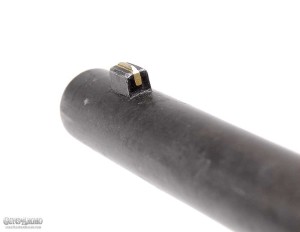
The Spencer’s sighting arrangement consists of a simple blade front and a ladder rear sight (below).
Testimonial upon testimonial arrived at the Spencer works, which by 1863 had relocated to the Chickering Piano-Forte Building in Boston, MA. Few can be more to the point, or poignant, than one sent by Colonel John T. Wilder describing the use of the Spencer at the Battle of Chickamauga.
“At this point it absolutely seems a pity to kill men so. They fell in heaps, and I actually had it in my heart to order the firing to cease in order to end the awful sight. But the merciless Spencer seven-shooter would not cease.”
Though Spencer’s repeating rifle was now being seen on the battlefield in some numbers, the large government contract that he had sought was still elusive. Deciding to go to the top, on August 18, 1863, he made an appointment with President Abraham Lincoln, taking one of his rifles and some ammunition to the Executive Mansion for a personal demonstration—according to Spencer’s own reminiscence.
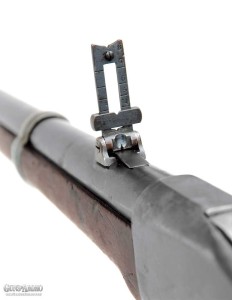 Apparently, Lincoln was impressed right from the get-go, asking Spencer to explain the workings of the piece and disassemble it in order to “see the inwardness of the thing,” which Spencer did. After Spencer put the gun back together, Lincoln asked him if he had any engagements the following day, to which the inventor replied that he did not. The president responded, “Come over tomorrow at 2 o’clock, and we’ll see the thing shoot.”
Apparently, Lincoln was impressed right from the get-go, asking Spencer to explain the workings of the piece and disassemble it in order to “see the inwardness of the thing,” which Spencer did. After Spencer put the gun back together, Lincoln asked him if he had any engagements the following day, to which the inventor replied that he did not. The president responded, “Come over tomorrow at 2 o’clock, and we’ll see the thing shoot.”
Spencer duly arrived at 2:00, upon which the party, consisting of himself, President Lincoln and Lincoln’s son Robert, went over to the open field that would eventually be the site of the Washington Monument. After waiting for invitee Secretary of War Edwin M. Stanton—who was ultimately a no-show, saying he was to busy to attend (“They do pretty much as they have a mind to over there,” quipped Lincoln)—they put the Spencer repeating rifle through its paces.
The gun performed flawlessly and Lincoln was sold, though Spencer confessed, “Being in almost daily practice, I naturally beat the president a little. ‘Well,’ he said, ‘you are younger than I am, have a better eye and a steadier nerve.’”
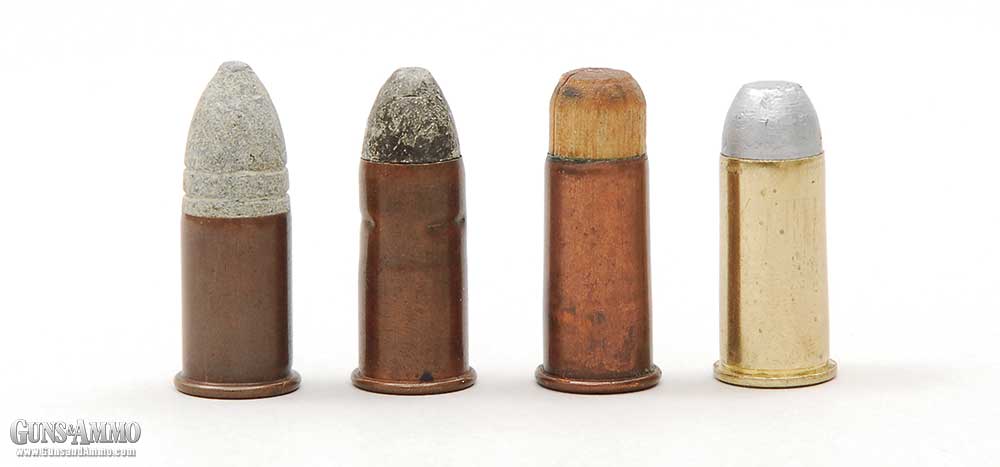
Left to right: original rimfire Spencer .56-56, Spencer .56-52, Spencer shotshell cartridge, centerfire .56-50 round from Ten-X.
Lincoln kept the rifle, and the next day he took his secretary, John Hay, out for another shooting session, during which Hay described the Spencer as “a wonderful gun, loading with absolutely contemptible simplicity and ease with seven balls and firing the whole readily and deliberately in less than half a minute.”
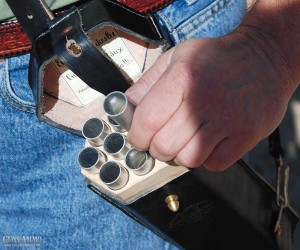
A quick-loading catridge box holds the seven-round Blakeslee cartridge tubes that are used to charge the Spencer’s tubular magazine (below).
The results of Spencer’s chutzpah paid off handsomely. The War Department was directed to order the Spencer repeating rifle, and by war’s end some 230,000 had been produced, initially by Spencer and later by the Burnside Rifle Company in Providence, RI. It was the second most widely used carbine in the war, bested only by the Sharps.
These guns were such hot items that virtually all delivered before the cessation of hostilities saw use, so today it is unusual to find a wartime Spencer in pristine condition.
Also, special quick-loading cartridge boxes containing six, 10 or 13 tin tubes holding seven rounds each were devised by inventor Erastus Blakeslee. To load the carbine, the user only had to remove the follower, pull a charged tube from his Blakeslee box and dump the rounds into the magazine. It speeded up loading time a good degree, but soldiers complained of the boxes being somewhat cumbersome. The 13-tube model, when fully loaded, weighed over nine pounds—more than the carbine itself. (As an aside, excellent reproductions of the three models of Blakeslee boxes are offered by
Christopher Miner Spencer was one of those 19th century Edisonian inventors who could successfully turn his hand at just about whatever caught his fancy at the time. For instance, as early as 1861 he was tooling back and forth from Manchester to Hartford, CT, in a steam buggy of his own design—until the locals decided that the thing just made too much noise and he was ordered to remove it from the public thoroughfare.
During his lifetime, Spencer was responsible for a plethora of patents, including such diverse contrivances as a textile spool labeling machine, an automatic lathe turret and an early pump shotgun.
But it was the Spencer repeating rifle that really established his name in the pantheon of American inventors. His seminal design was simply nothing short of revolutionary and the best firearm of its type to be fielded for a good number of years afterward.
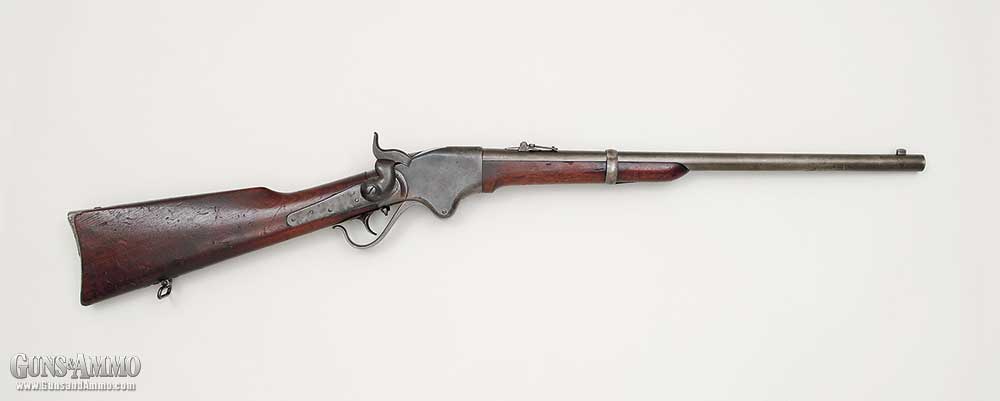
Born in 1833, after serving his initial apprenticeship as a mechanic at the Cheney Brothers silk manufacturing company, Spencer moved on to other venues, including a short stint at Colt, where he was employed designing revolver-fabricating machinery.
Lured back to Cheney Brothers with the offer of a job as superintendent, in between …Read the Rest
Source:: Guns and Ammo
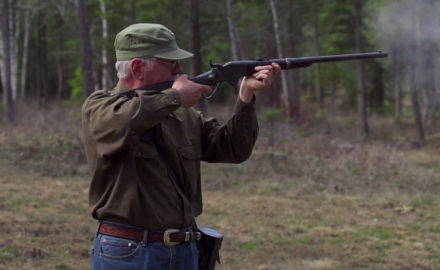
Leave a Reply